ADEX 2013 show report
This year’s Asian Dive Expo was held from 19 to 22 April at the Sands Convention Center, Singaproe. Besides the Scubcam/Wetpixel party, we were also there to cover the latest in underwater imaging, and the show did not disappoint. There were quite a lot of new housings, including some for point and shoots like the G15 and GX1, some for the EVF big sensor cameras like the NEX6 but it was largely a show for the big cameras. So, let’s not waste time with pointless filler text and get down to the nitty-gritty.
ScubaCam Singapore
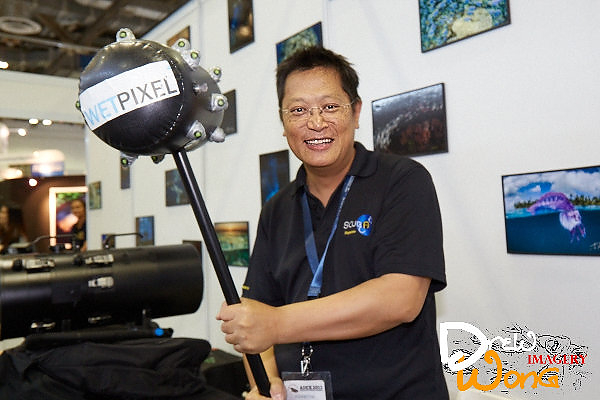
My first stop was ScubaCam Singapore’s stall. They are the store front for some major manufacturers and owner David Cheung also does production work on the side. So it was no surprise to find a big cache of top-of-the-line housings. It was also where Wetpixel was displaying the Full Frame website relaunch.
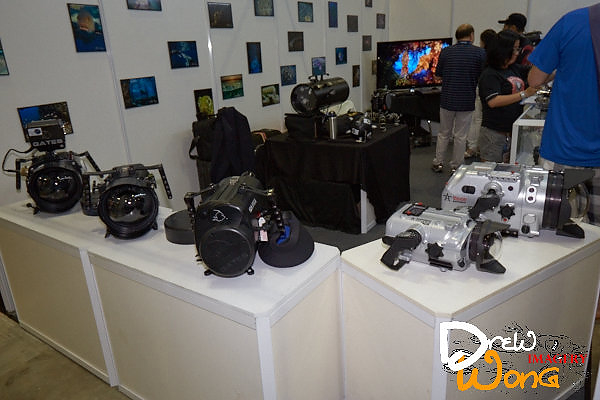
Gates sent out 2 housings, but the one that interested me most was the prototype for the Sony PMWF55 Cinealta camera. It wasn’t a working prototype so there was no opportunity to play with it in the pool but it was nice to see what is being planned for the housing. The great news is that it fits the 4k 16bit RAW recorder AXS-R5 so the F55 will be able to record up to 240fps in 2k and 60fps 4k 16bit RAW.
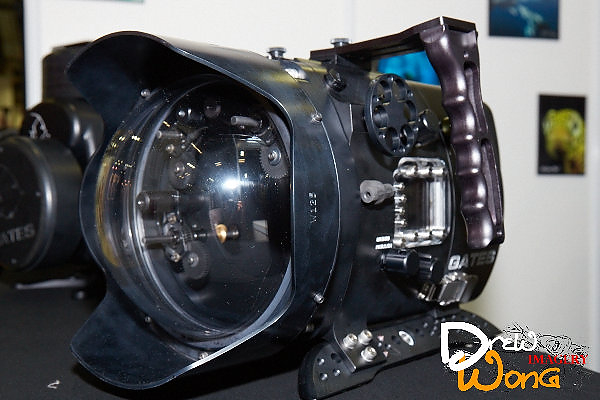
The prototype shows the camera has to be mounted to the ceiling of the housing, using a nice little sliding tray system. The F55 top handle has various ¼” and 3/8” screw mounts to allow for more space at the bottom for accessories like a dovetail mount. This way, the bottom space allows a dovetail to remain on the camera so the camera can come out of the housing directly onto a tripod etc. without much fuss.
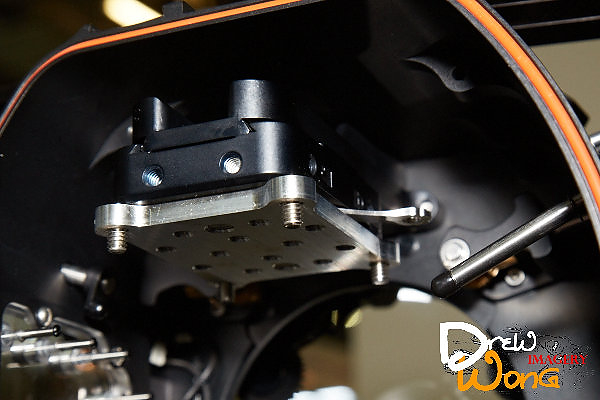
The housing also has access to the menu functions and allows for a 3G-SDI outlet for a top monitor. As with other cinema housings, it supports a wide range of lenses. It uses 3 of the old “finger snapper” latches to secure the housing and has the Gates Seal Check II system for added security. The housing is due to ship in July 2013 at a MSRP of US$18,000. There are more pictures here.
Another housing on display was the PMW200, the ½” sensor “kid” sibling of the PMW range. It features all the same functions as the EX1 and can also be fitted with the optional Seal Check II system.

Other new housings on display included the first production Rouge, Amphibico’s housing for the Red Scarlet/Epic cameras and the Genesis FS700 for the Sony FS700. I’ve been pretty interested in checking out the Rouge, as it’s the first all electronic housing for the Red camera.


The Rouge has 2 Amphibi-grips with 14 controls that allows full electronic control, thus it does not require a REDMOTE to function. It’s a really compact housing, but it is heavier than the Nauticam Rossa (what’s with all euro language versions of red?). IRIS, focus and zoom are servo driven, which requires each lens to be calibrated each time it’s loaded. 3G HD-SDI and HDMI outputs allow the use of an external monitor. There is a hydrophone and even a Tally light for pool use with talent, which is an important concern since pool work is a big part of shooting in film production.
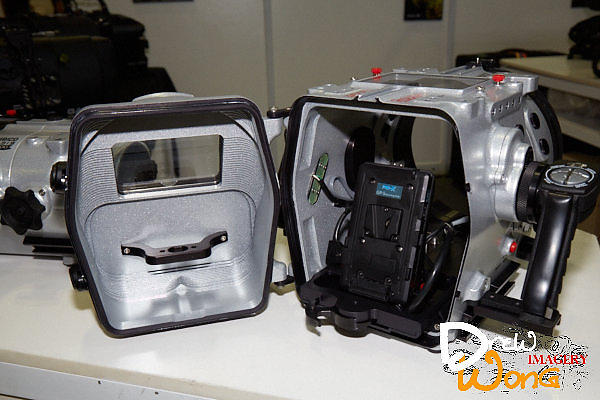
The housing uses a dual latch hinged door design, which is much better than the “finger snapper” locks, and a purpose-built dome port opening, using the same 9.25” glass as used in Aquatica’s DSLR dome port, and is a bayonet mount. Overall, it’s an intriguing housing and I can’t wait to try it. MSRP is US$12999 and it’s shipping now. More detailed pictures are available here.

Accompanying the Rouge was the Genesis FS700, which took quite a few features from the higher-end Rouge. It also features electronic control with the Amphibi-grips, but adds manual buttons for comprehensive control of the camera including the menu system. Like the Rouge, it also uses a hinged door rear with a simple twist latch for quick and easy access. However, viewing the camera’s monitor is via a window in the top of the housing. This window can be fitted with an optional sunshade if required.
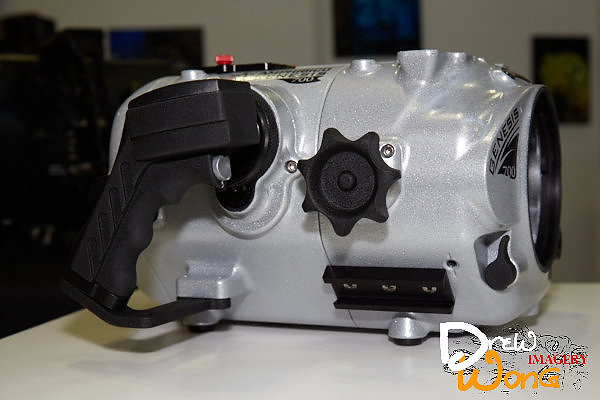
Another difference in design is that unlike the Rouge, the FS700 utilizes Aquatica’s DSLR ports, including their port lock system. Overall, the Genesis FS700 is a very compact housing and Amphibico is rumored to be making a housing for the Convergent Design Odyssey 7P, so the FS700 can record in 4k up to 60p. The zoom dial is big but there isn’t any focus dial. Aquatica does have a focus-able 58mm extension ring, so this may give a solution. I’ll be interested to see which lenses are covered with the FS700 housing. Still, with the 240fps in full HD and the possibility of an expandable ability to go 4k soon, the FS700, even with its issues with white balance underwater, may have found new momentum as an underwater camera. More detailed pictures and discussions on the FS700 are available here.
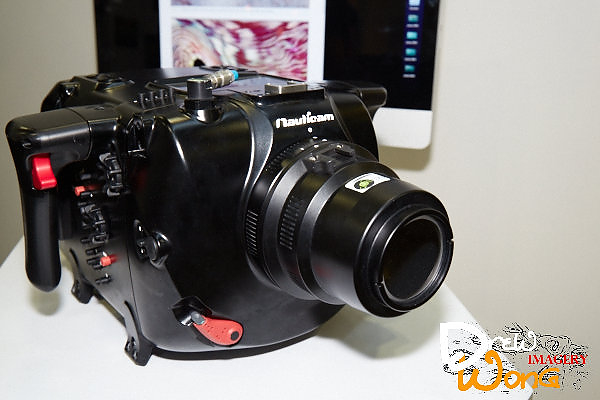
The Nauticam NA Rossa was on display with a macro port, something I hadn’t seen yet. We did manage to give feedback to Edward Lai of Nauticam about his first foray into cinema camera housings and he was very receptive to our ideas. At under US$10000, it is one of the cheaper Red Epic/Scarlet housings. Functionally, it works well but the ergonomics needs more work. It is a light housing but with the Nauticam ports system, it is limited to Canon EF lenses and perhaps a few PL mount cinema lenses. Lenses like the new Arri Alura series are too big for the port system. It should fit the venerable Angenieux 15-40 Optimo though. There have been a few field tests done and are discussed in-depth on the forum here.

Apart from the big manufacturers, David Cheung also had his own housing on display. The Cinema II is a sectional tube housing for the Arri Alexa and Phantom Flex cameras. Designed to be highly modular, it’s mostly for pool work but can be adapted for oceanic work too, if combined with a BCD for buoyancy. Having used a Phantom underwater, I think it’s worthwhile saying that it’s a wonderful camera to have…IF there’s enough light for high-speed work!
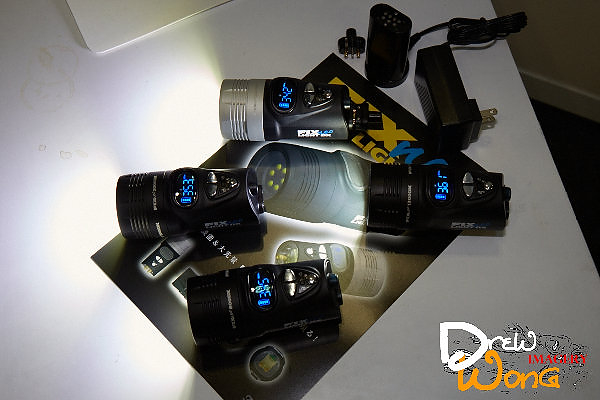
Apart from the big cinema housings, ScubaCam also had a few more brand new things on display. Fisheye Japan’s Kenji Ohmura dropped off the brand new FIX NEO DX lights with LED read outs. The new lights have a removable Li-Poly battery but can also be charged without opening the lights through the gold-plated connections on the outside of the light. There will also be a remote control that can control the light from far away. The FIX NEO DX uses a red filter to get a red light for light-sensitive sea life, as there is a patent on red LED lights on an underwater light.
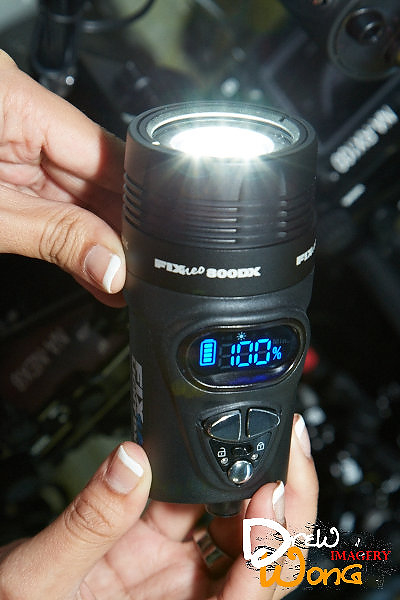
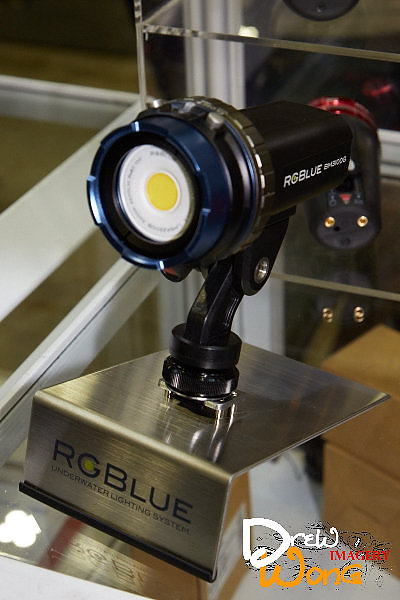
Speaking of lights, the RGBlue System O1 was also on display. This light is unique in that it doesn’t have a cluster of LED lights, which can cause spot lighting and that multiple shadow effect some lights display. It uses a single Chip On Board (COB) LED light, which has 80 CRI and 5000°K light temperature with 2200 max lumens. It seems like a wonderful light except the battery life is pretty poor. At 2200lm, it only lasts 35 minutes, well short of a full dive. Still, the COB design looks great and hopefully they’ll solve the battery issue.
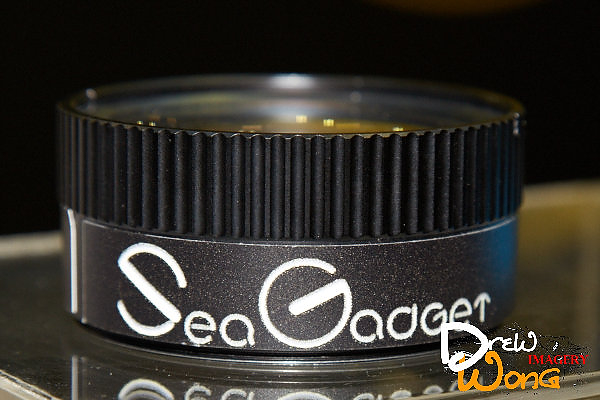
ScubaCam’s product range of Sea Gadget’s also has a new +10 diopter for the 67mm accessory mount cameras. This new diopter falls in to compete with the macro diopter market of Subsee and others.
Scubacam was the hub of the show for many professional camera people, and Scubazoo’s Jason Isley and Roger Munns, Stephen Frink, Gutsy Tuason, Dietmar Fuchs etc were all at one point in the booth. Even Seacam’s Harald Hordosch came in to demonstrate the Seacam D800 housing for a client.
And thanks to Harald, we had the privilege of watching the first 3D clips I’ve seen that have shot behind a dome port from the Seacam C300 3D housing. I wasn’t the only one interested….
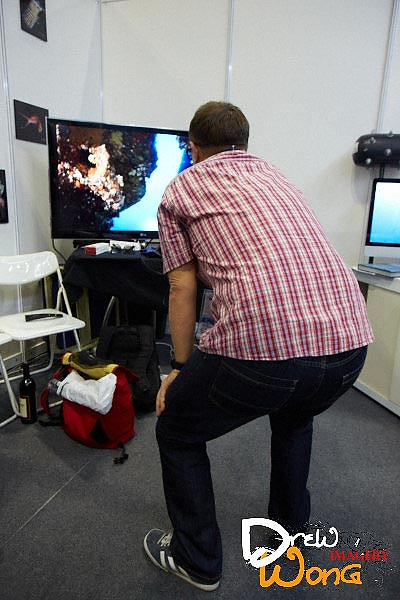
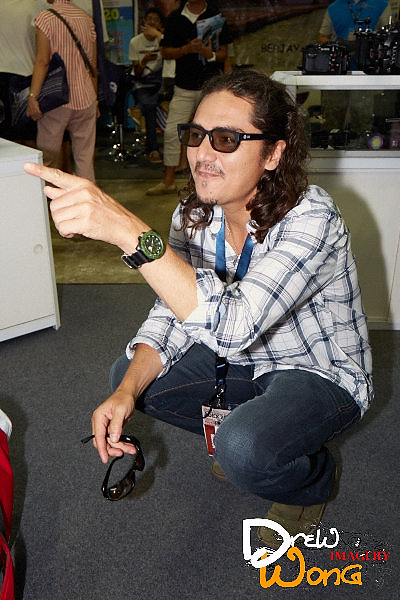
Even with all the activity, there was more to ADEX…